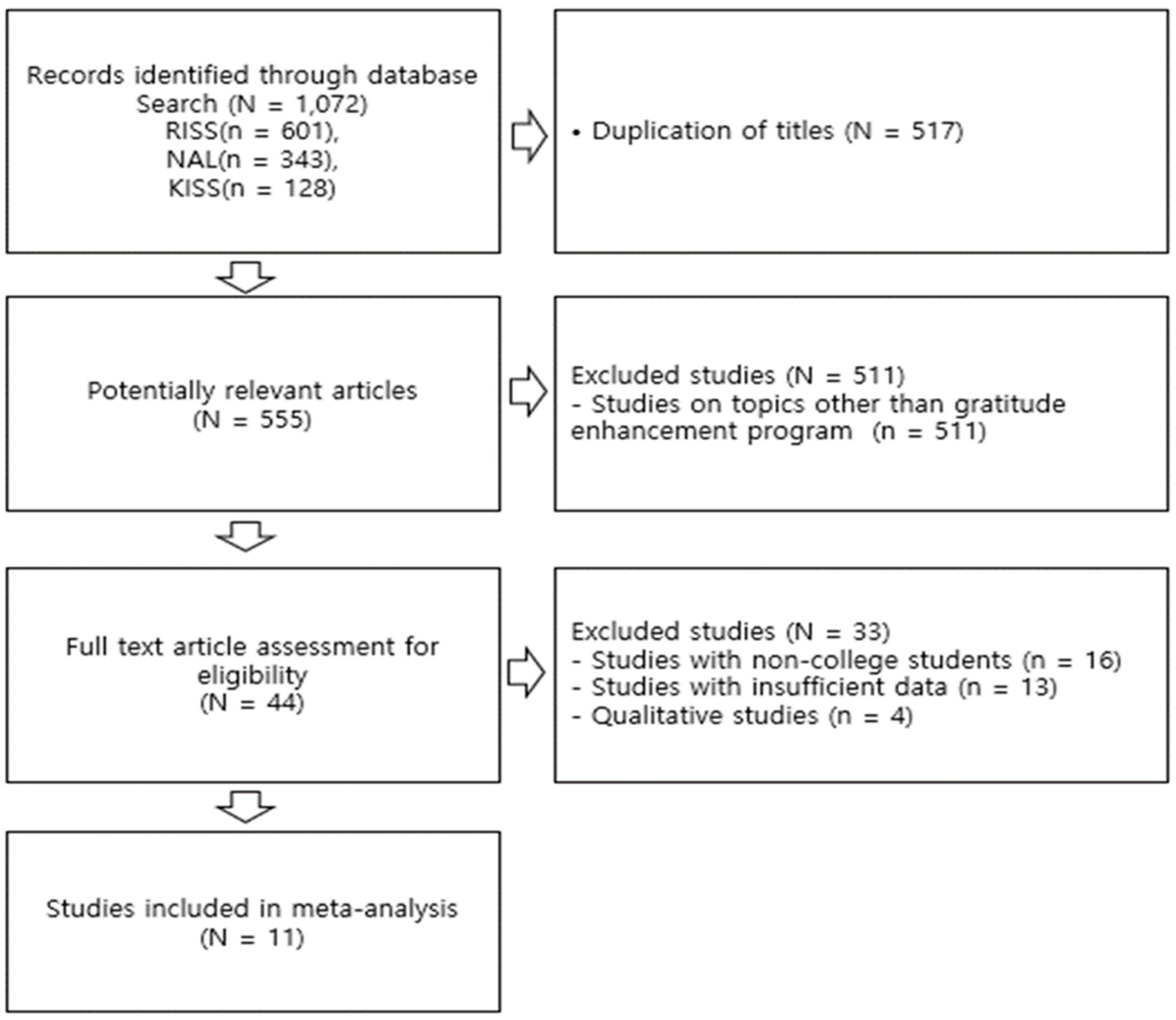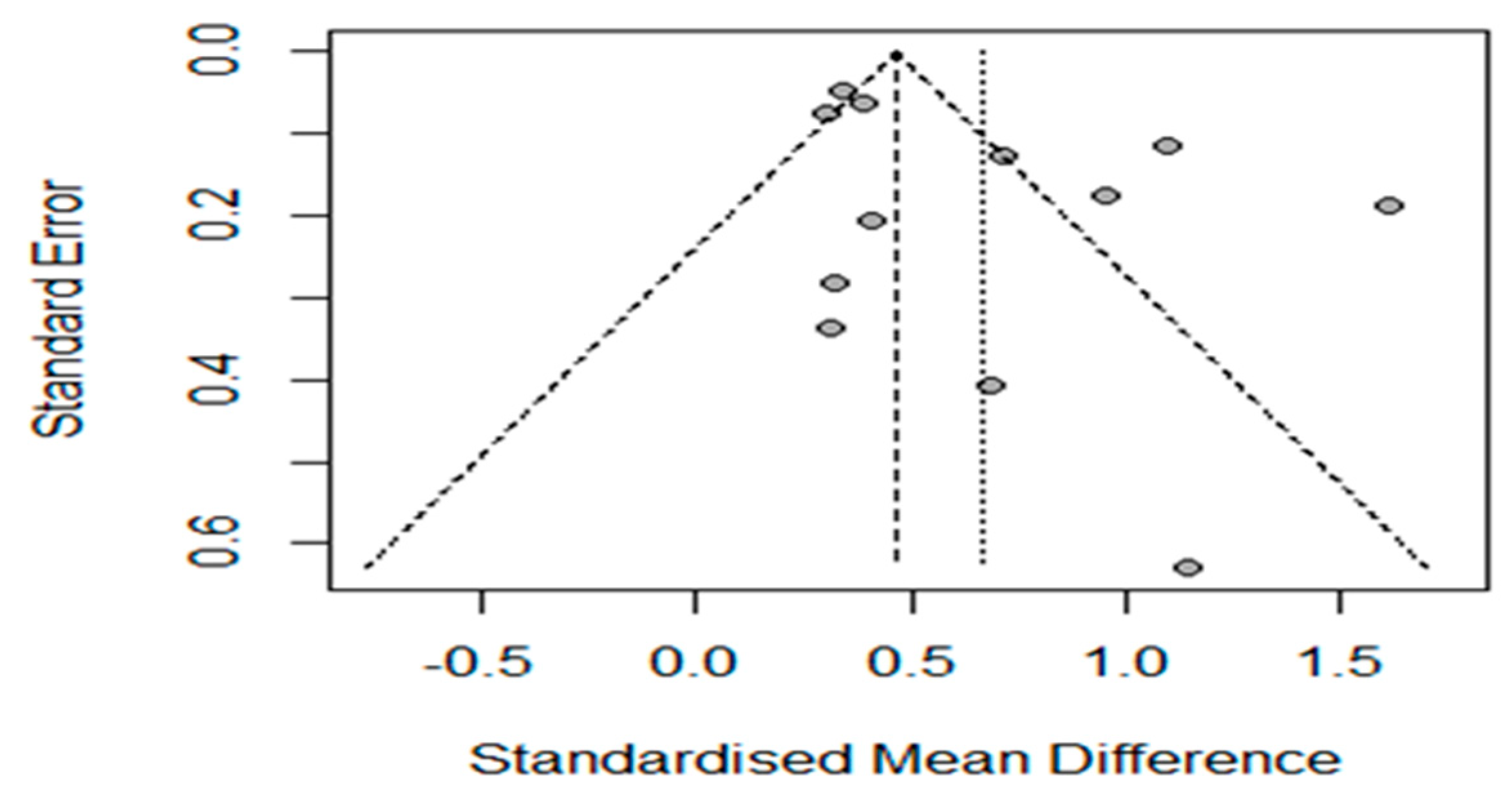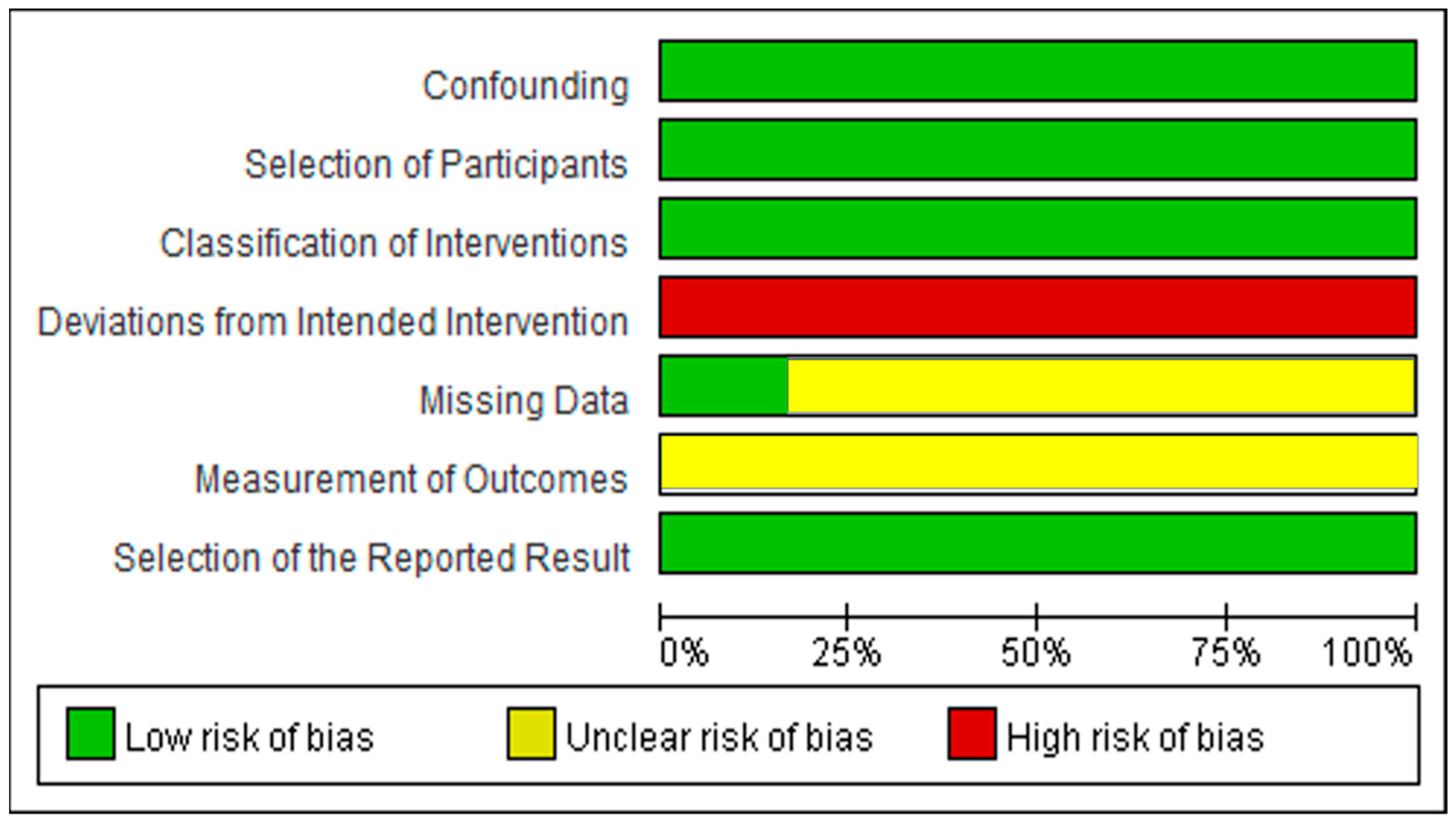1. Introduction
Positive psychology, which studies human happiness, indicates that it is important to discover the meaning of life by developing positive emotions and strengths rather than eliminating the negative emotions in our inner lives [
1]. Positive psychology divides positive human characteristics into 6 virtues and 24 strengths. Gratitude belongs to the transcendence category among the six virtues, which are wisdom, humanity, courage, temperance, justice, and transcendence [
2]. In positive psychology, gratitude occupies a major part, and some scholars [
3] consider positive psychology to be an attempt to give humans a grateful perspective on their potential, motivation, and ability.
Gratitude is one of the common themes in explaining religious life [
4]. Scholars have emphasized it as a core virtue that individuals must possess in major religions [
5]. Throughout time, people have passed down gratitude as the wisdom of life, considering it a desirable aspect of the human character and in life [
6]. People with a high gratitude disposition are highly satisfied with their lives [
7,
8], frequently behaving favorably and pro-socially [
9]. In addition, gratitude increases positive emotions and reduces negative emotions [
10].
Meanwhile, time at university is important for establishing one’s ego identity [
11]. However, early adulthood is the most difficult time in life, when individuals must accomplish important tasks for independence while receiving little attention and help from the people around them [
12]. For such reasons, college students have a tendency towards depression that is twice as high as that of office workers of similar ages [
13]. However, college students have limited opportunities to deal with their future through proper programs [
14]. Amid the challenges college students face, research has shown that cultivating gratitude positively influences their overall college experience, including academic achievement and satisfaction [
15]. Moreover, it fosters social support within their peer relationships and school lives, contributing to developing strong bonds with the school [
16]. In addition, gratitude enables college students to overcome psychological difficulties and feel happy [
17]. Since gratitude can have many positive effects on college students, we became interested in the effectiveness of gratitude promotion programs on various psychological variables.
The present study employs meta-analysis to examine and synthesize the effectiveness of each included study. Meta-analysis is a method employed to integrate scattered study results, providing comprehensive answers to the researcher’s questions and deriving statistical analysis results from the combined data [
18]. It synthesizes the results of studies and analyzes their effectiveness to derive objective results [
19]. Therefore, a meta-analysis can present comprehensive results without focusing on only a few study results, and it can find the causes when studies produce different results [
20].
Thus far, two meta-analysis studies relate to gratitude in South Korea. Moon [
21] conducted a meta-analysis of gratitude group counseling programs but did not limit the study subjects, only analyzing programs related to counseling. In addition, Shin and Kim [
22] conducted a meta-analysis on gratitude-related variables, studying the effectiveness of related variables. However, their study did not limit the subjects, and the researchers did not analyze gratitude promotion programs. Gratitude related to happiness is necessary for all ages, and even more so for college students with many psychological difficulties. Therefore, a meta-study that can comprehensively examine individual gratitude-related studies conducted with college students is necessary. Given the absence of meta-analyses concerning gratitude promotion programs for South Korean college students, we undertook a meta-analysis to assess the effectiveness of such programs in enhancing the happiness and quality of life among college students. Through this study, we thoroughly examined the significance of college students’ gratitude promotion programs, enabling us to propose more effective methods for designing and implementing such programs. Thus, this study’s research questions are as follows:
RQ1. What is the overall effect size of the gratitude promotion program for college students?
RQ2. What are the effect sizes of variables on cognition, emotion, and behavior, which are sub-areas of the effectiveness of the gratitude promotion program?
4. Conclusions and Discussion
This study explored the significance and implications of gratitude promotion programs by analyzing their characteristics and effects on college students through meta-analysis. A discussion of the study results obtained by analyzing the 11 studies subject to meta-analysis follows below.
First, we used a random effect model to determine the effect size in the meta-analysis, resulting in an overall effect size of 0.6671 for college students’ gratitude promotion programs. According to Cohen’s [
25] effect size interpretation criteria, the result is a medium or large effect size. As Emmons and McCullough’s [
41] study shows, the experience of gratitude gave college students a high level of well-being, passion, and concentration. Thus, gratitude promotion programs for college students effectively encourage change and growth in those who worry due to various psychological difficulties and career issues. These results suggest significant implications, indicating that gratitude promotion programs can help college students experiencing psychological and career challenges develop a sense of well-being, passion, and concentration, fostering a positive attitude.
Second, we examined variables frequently investigated in gratitude promotion programs, categorizing them into three sub-areas: cognitive, emotional, and behavioral, as classified by Adler and Fagley [
40]. The analysis revealed that the overall effect size of the cognitive area in college students’ gratitude promotion programs was 1.37, the largest among all sub-areas. Weiner [
42] defined gratitude as recognizing positive results and the causes of those results—the gratitude promotion programs were very effective in increasing the recognition of gratitude. The results show that rethinking and recognizing gratitude through a gratitude promotion program shows greater effects than other emotions and behaviors. Although everyone is aware of gratitude, concrete, specific activities and expressions of gratitude are relatively weak, and students re-recognized gratitude through a gratitude promotion program. Therefore, all college students should experience gratitude promotion programs.
Third, the effect size of college students’ gratitude promotion programs was above medium in the emotional area (d = 0.60), and the effect size for reducing negative emotions (d = 0.90) was larger than for increasing positive emotions (d = 0.50). In particular, the effect size for depression reduction (d = 1.12) was at least twice that for happiness promotion (d = 0.50), indicating that the gratitude promotion programs were particularly effective in reducing depression. According to a study conducted by McCullough et al. [
7], people with a high gratitude disposition have high positive emotions and low depression. This study used concrete values of effect sizes to identify how much the gratitude promotion programs were statistically effective in promoting happiness and reducing depression.
Fourth, in the behavioral area, the effect size for positive behavior promotion (d = 0.80) was larger than that for negative behavior reduction (d = 0.65). In particular, the effect size of improving positive behaviors (d = 0.93) was the highest. Sansone and Sansone [
43] stated that gratitude promotes positive behavior and well-being. As with their study, gratitude promotion programs for college students greatly improved their life elements and developed their lives. The results indicate that the gratitude promotion programs are more effective in promoting positive behaviors, such as improving and building relationships, than in reducing negative behaviors, such as blaming or getting angry. Therefore, since gratitude promotion programs significantly foster positive behaviors in college students, colleges should refer to these programs when composing new ones.
Fifth, we analyzed the effect sizes by type of gratitude promotion program. We found a large effect size for programs that simultaneously include gratitude recording and gratitude practice (d = 0.85). This result was larger than the effect size of programs focused solely on gratitude recording (d = 0.77). The finding indicates that gratitude promotion programs in which participants practiced saying they were grateful to surrounding people and writing letters were more effective. This result is consistent with the study, indicating that one can express gratitude well only when combining the positive aspects of the present moment and the experience of being grateful [
44]. The results suggest that, when composing a gratitude promotion program for college students, it is necessary to enable them to carry out gratitude recording and gratitude practices simultaneously.
Sixth, we analyzed the effect sizes based on the durations of program performance. The findings revealed that the program groups engaged for at least 16 weeks demonstrated the largest effect size (d = 1.61), whereas the group participating for less than one week showed the smallest effect size (d = 0.36). However, between Weeks 8 and 16, the observed effect size did not increase, indicating no significant increase with longer duration. However, after Week 16, the effect size increases noticeably, indicating the effectiveness of the long-term programs. Therefore, colleges should keep this in mind when creating new programs.
This study has limitations regarding the generalizability of its findings. Specifically, due to the limited availability of gratitude promotion programs for college students in South Korea, the study sample comprised only 11 papers, potentially restricting the broader applicability of the results. Therefore, researchers should conduct more studies on college students’ gratitude promotion programs to supplement this study’s findings. Furthermore, by analyzing gratitude promotion programs across countries and comparing their effects, we can incorporate cultural nuances, thereby obtaining broader and more objective insights. Lastly, we conducted qualitative studies on gratitude in parallel with previous research to add subjective insights into individuals’ experiences with gratitude. [
44]. These studies explore the personal significance of gratitude in people’s lives, examining the results alongside quantitative data to enrich the overall understanding of the topic.
This study is the first meta-analysis of the effectiveness of gratitude promotion programs for college students. Its significance lies in its comprehensive analysis of pertinent areas of interest for implementing and applying such programs, including effective strategies, intervention methods, and areas warranting attention. The derived implications offer valuable insights for strategically planning gratitude promotion interventions aimed at enhancing gratitude awareness, mitigating negative emotions, alleviating depression, and fostering positive behaviors among college students.









